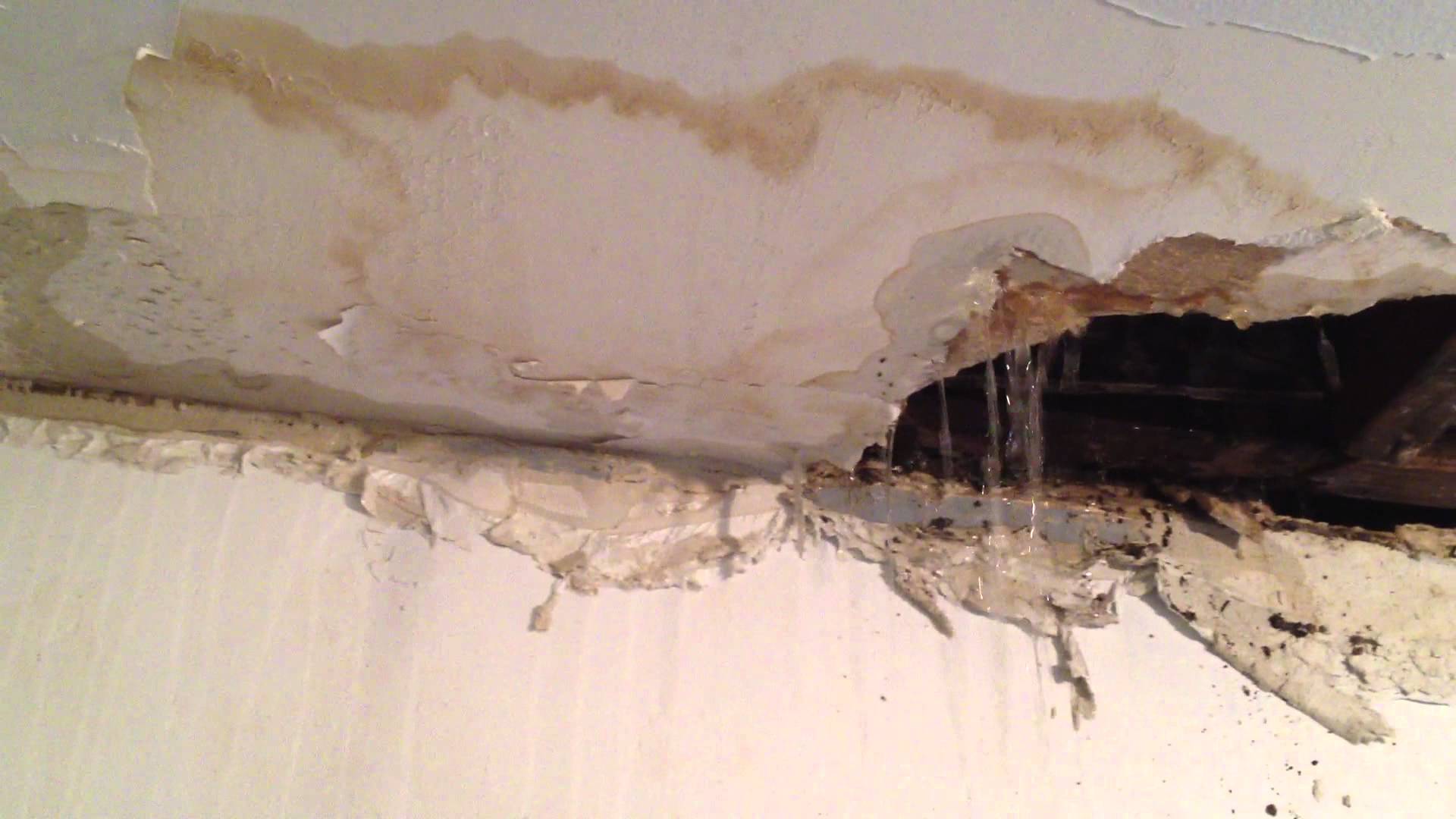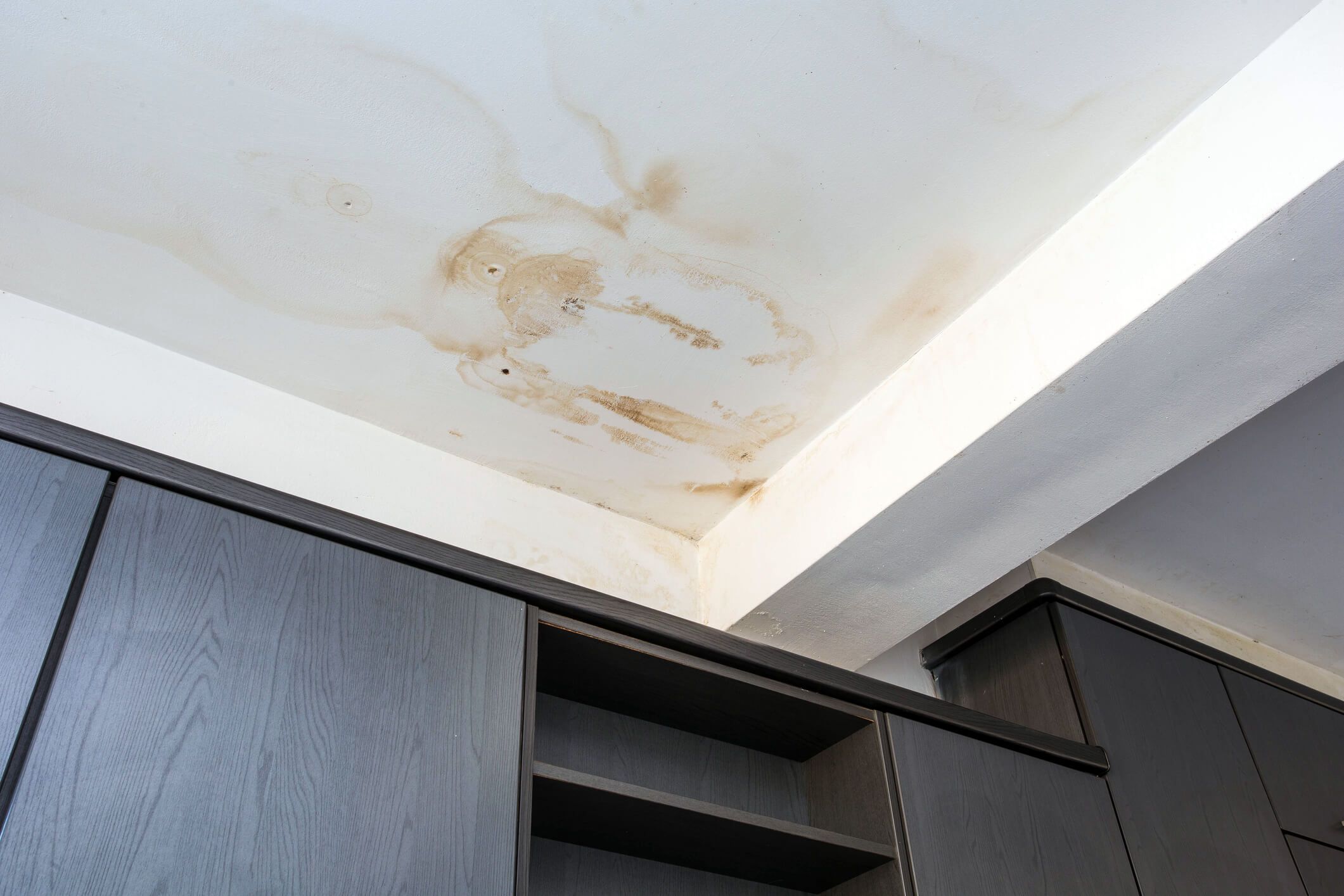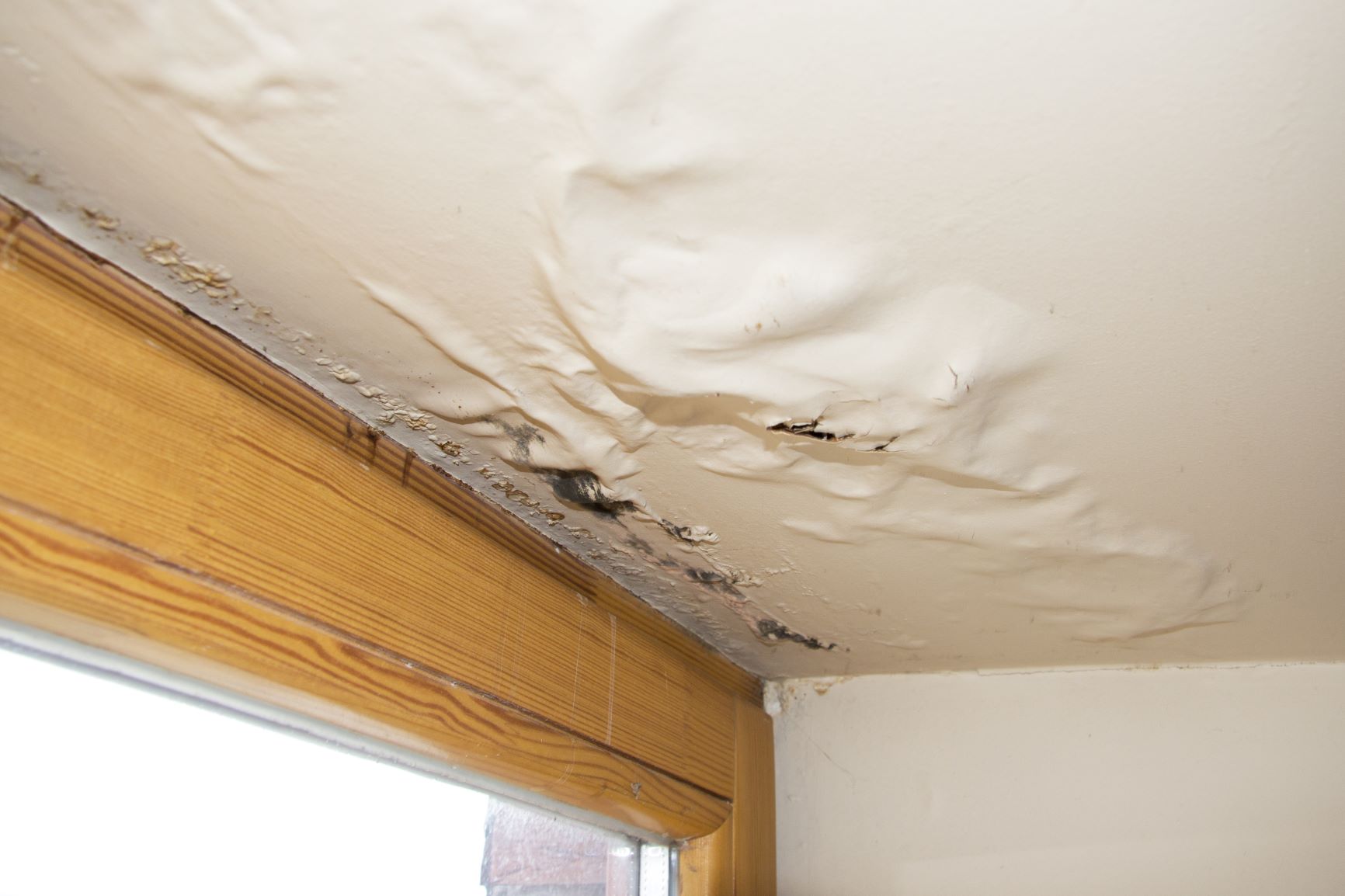Understanding the Problem: Upstairs Bathroom Flooded Leaking Through Ceiling

A flooded bathroom is a major inconvenience and can lead to significant damage if left unaddressed. The most common cause of an upstairs bathroom flooding and leaking through the ceiling is a problem with the plumbing. This can happen due to a variety of reasons, including faulty fixtures, leaking pipes, or issues with the water supply lines.
Potential Sources of the Leak
Identifying the source of the leak is crucial for resolving the issue. Common sources of leaks include:
- Faulty plumbing fixtures: This can include leaking faucets, showerheads, toilets, or sinks. Over time, these fixtures can develop leaks due to wear and tear, mineral buildup, or improper installation.
- Leaking pipes: Pipes can leak due to corrosion, cracks, or holes. This is particularly common in older homes with galvanized pipes. Leaking pipes can be located within the walls, under the floor, or even within the ceiling itself.
- Water supply lines: The lines that connect to your fixtures can also leak. These lines are often made of copper or PEX, and can become damaged due to corrosion, pressure fluctuations, or improper installation.
Risks Associated with a Flooded Bathroom, Upstairs bathroom flooded leaking through ceiling
Flooding in your bathroom can cause significant damage and pose various risks, including:
- Water damage: Water can seep into walls, floors, and ceilings, causing warping, swelling, and structural damage. This can lead to costly repairs and even necessitate replacing damaged materials.
- Mold growth: Mold thrives in damp environments. A flooded bathroom provides the perfect breeding ground for mold, which can cause health problems, particularly for those with allergies or respiratory issues. Mold can also cause damage to building materials and lead to unpleasant odors.
- Electrical hazards: Water and electricity are a dangerous combination. If water comes into contact with electrical outlets or wiring, it can lead to electrical shocks, fires, or other serious hazards. Always disconnect power to the affected area before attempting any repairs.
Troubleshooting and Diagnosis

Right, so you’ve got a flooded bathroom, and it’s leaking through the ceiling downstairs. That’s a right pain, innit? First things first, you need to figure out what’s causing the leak. It’s like being a detective, but with water instead of clues.
Visual Inspection
The first thing you wanna do is have a good look around. You’re basically looking for signs of a leak. Think water stains, dampness, and even dripping sounds. Check the walls, the floor, and the ceiling, especially around the plumbing fixtures. If you see any of these signs, you’re on the right track.
Checking for Leaks
Once you’ve had a good look around, you need to start checking for leaks. You can do this by running the taps and watching for any leaks. Check the shower, the sink, the toilet, and even the pipes behind the walls. If you find a leak, you’ve got your culprit.
Identifying the Source of the Leak
Now, you need to find out where the leak is coming from. This can be a bit tricky, but there are a few things you can do. Firstly, you can use a flashlight to shine into the pipes and see if you can spot any leaks. You can also use a listening device to listen for dripping sounds. If you’re still struggling, you might need to call in a plumber.
Repair and Prevention

Right, so you’ve got a flooded bathroom and the ceiling’s looking a bit worse for wear. Let’s get this sorted! The first thing to do is figure out where the leak is coming from, and then we can get to work on fixing it. We’ll go through the different ways to fix a flooded bathroom, and then we’ll look at how to stop it from happening again.
Repairing a Flooded Bathroom
The way you fix a flooded bathroom depends on where the leak is coming from. If it’s a leaky tap, you’ll need to replace the washer or the whole tap. If it’s a burst pipe, you’ll need to get a plumber in to fix it. But if it’s a leaky roof, you’ll need to get a roofer in to fix it. Let’s look at the different ways to fix these problems.
Fixing Leaky Plumbing Fixtures
Leaky taps are a common problem, but they’re usually easy to fix. Here’s how:
- Turn off the water supply to the tap.
- Remove the tap handle and the tap stem.
- Replace the washer or the whole tap stem.
- Reassemble the tap and turn the water back on.
If you’re not sure how to do this, it’s best to call a plumber.
Fixing Leaky Pipes
Leaky pipes can be a bit more complicated to fix, but they’re still manageable. Here’s how:
- Turn off the water supply to the pipe.
- Cut out the leaky section of pipe.
- Fit a new section of pipe.
- Reconnect the water supply and turn it back on.
If you’re not sure how to do this, it’s best to call a plumber.
Fixing Leaky Water Supply Lines
Leaky water supply lines are another common problem. Here’s how to fix them:
- Turn off the water supply to the line.
- Cut out the leaky section of line.
- Fit a new section of line.
- Reconnect the water supply and turn it back on.
If you’re not sure how to do this, it’s best to call a plumber.
Preventing Future Flooding
The best way to prevent a flooded bathroom is to be proactive. Here are a few things you can do:
- Get your plumbing fixtures checked regularly.
- Check your pipes for leaks and corrosion.
- Check your roof for leaks and damage.
- Use water conservation techniques, like taking shorter showers and fixing leaky taps.
By taking these steps, you can help to prevent a flooded bathroom and keep your home safe and dry.
